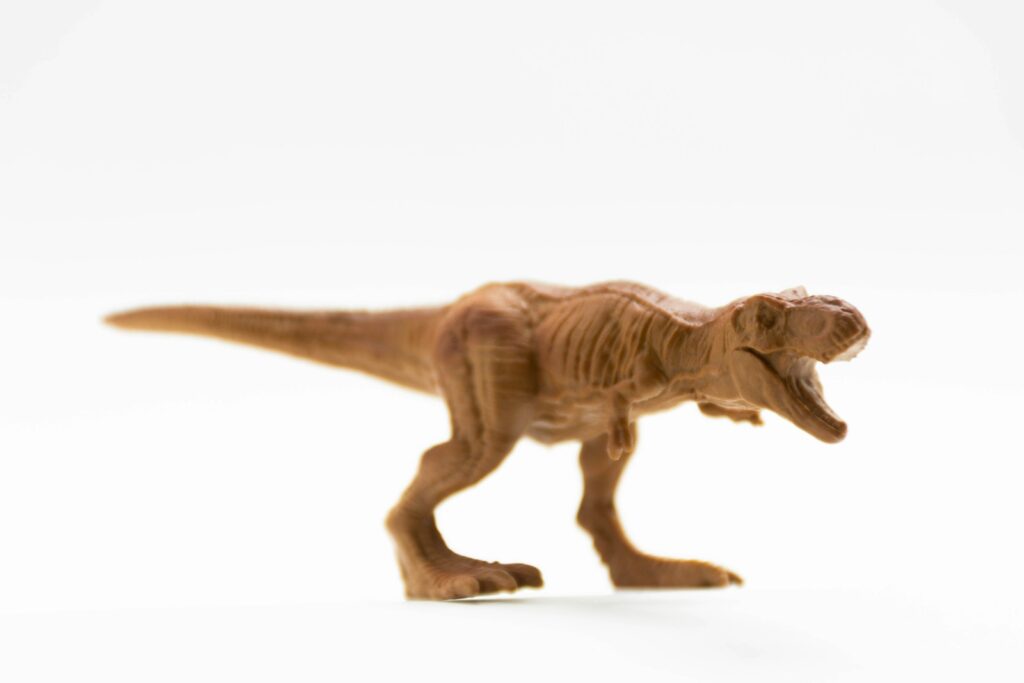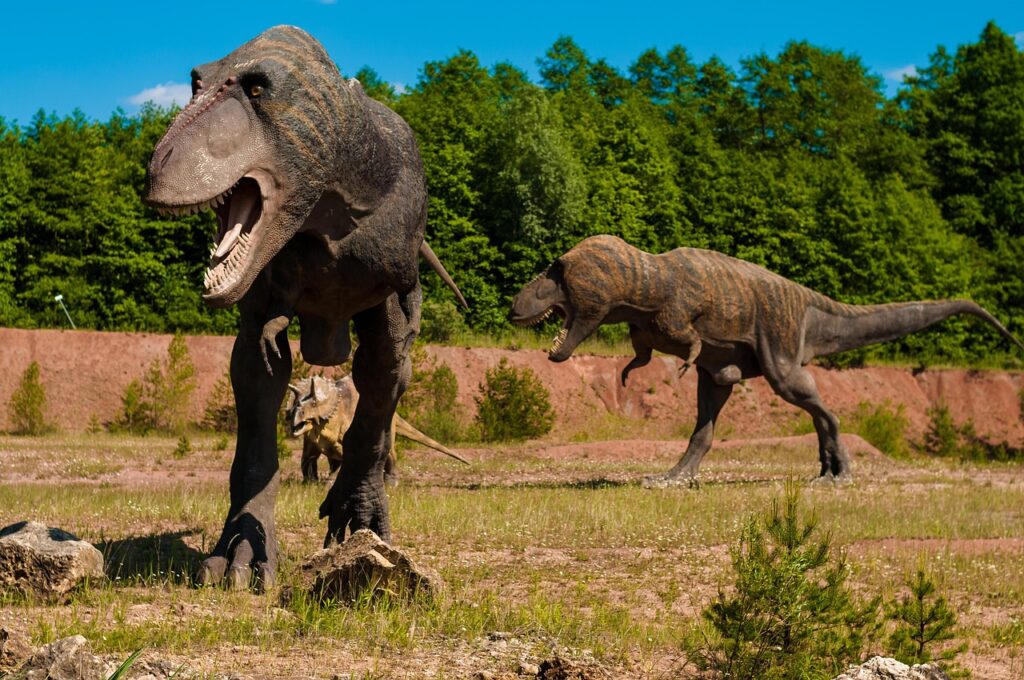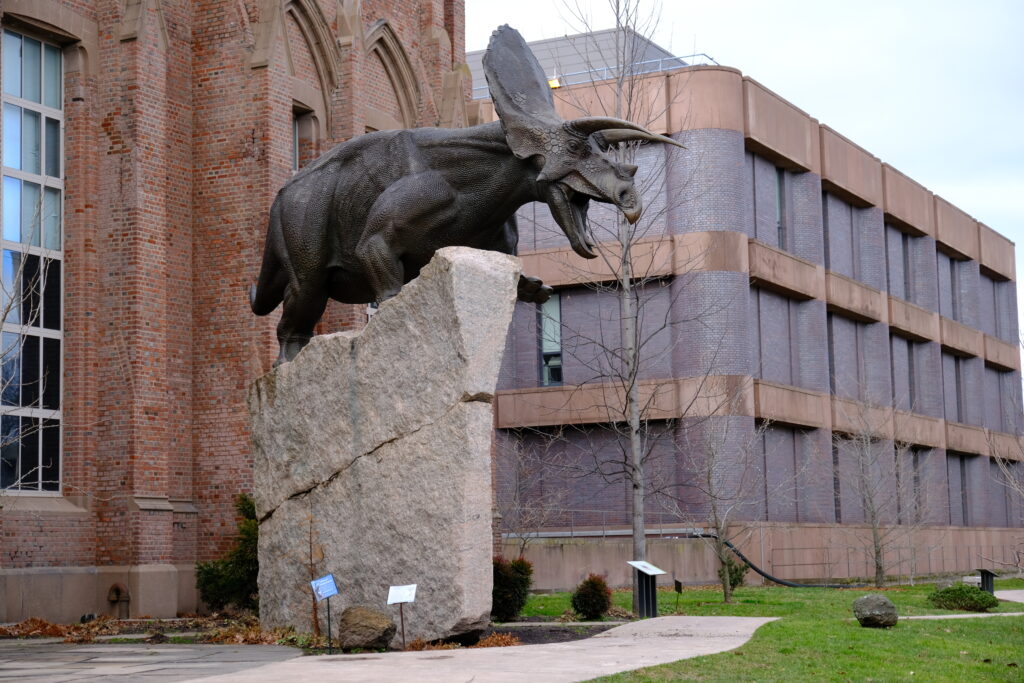Remember when getting a Happy Meal felt like embarking on an archaeological expedition? Before smartphones consumed our attention and digital entertainment ruled the world, fast food restaurants transformed ordinary meals into treasure hunts filled with prehistoric wonders. These weren’t just cheap plastic trinkets – they were gateways to imagination, sparking countless adventures in backyard sandboxes and bedroom floors across America.
The McDonald’s Dinosaur Happy Meal Revolution of 1988
McDonald’s shook the fast food world when they introduced their first major dinosaur-themed toy collection in 1988, coinciding with the growing popularity of paleontology in mainstream culture. The set featured four meticulously designed dinosaur figures: a towering Tyrannosaurus Rex, a gentle Brontosaurus, a spiked Triceratops, and a swift Stegosaurus. Each toy stood approximately three inches tall and featured moveable parts that allowed kids to pose them in various prehistoric scenarios.
What made these toys truly special wasn’t just their detailed sculpting, but the educational booklet that accompanied each figure. These mini-guides contained fascinating facts about each dinosaur’s habitat, diet, and the geological period they inhabited. Many children learned their first paleontological terms from these simple yet informative pamphlets, turning fast food visits into impromptu science lessons.
Burger King’s Land Before Time Puppets That Stole Hearts
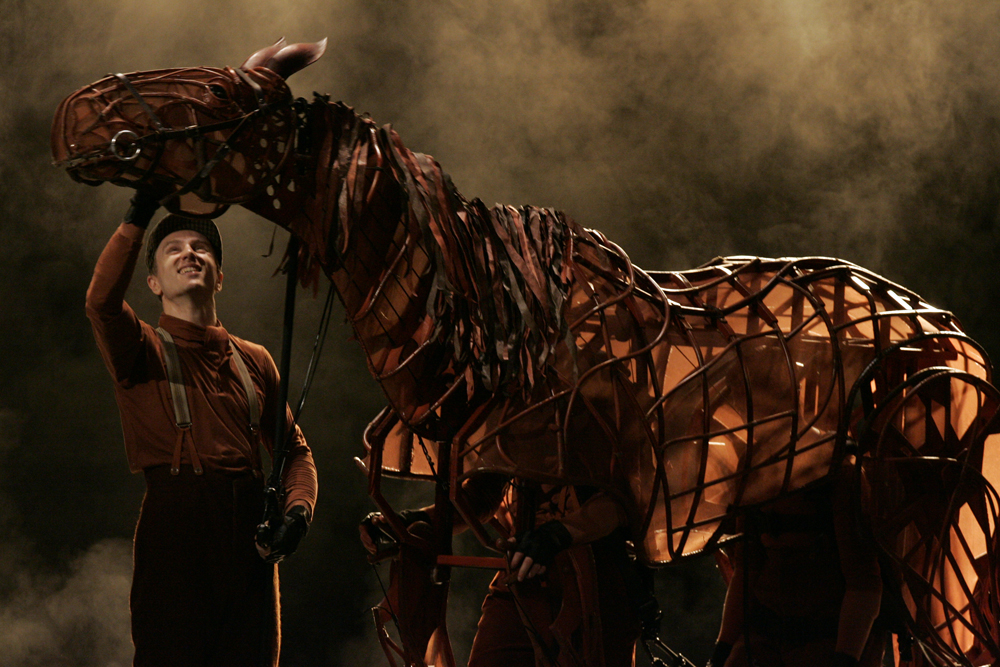
In 1988, Burger King struck gold with their Land Before Time puppet collection, perfectly timed with the release of Don Bluth’s animated masterpiece. The set included Littlefoot, Cera, Ducky, Petrie, and Spike – each crafted as a hand puppet with soft fabric bodies and detailed vinyl heads. These weren’t your typical fast food toys; they were genuine collectibles that encouraged storytelling and dramatic play.
The puppets featured authentic character voices when you squeezed their bodies, thanks to simple sound mechanisms that were revolutionary for their time. Children could recreate scenes from the movie or invent entirely new adventures in the Great Valley. The emotional connection these toys fostered was unprecedented – many kids formed genuine bonds with their puppet dinosaurs, carrying them everywhere and refusing to eat meals without their prehistoric companions present.
The Wendy’s Dinosaur Discovery Kit Nobody Remembers
While McDonald’s and Burger King dominated headlines, Wendy’s quietly released one of the most educational dinosaur toy sets in 1989. Their Dinosaur Discovery Kit came in four separate installments, each containing a detailed plastic dinosaur skeleton, a small brush, and a block of plaster-like material. Kids could excavate their dinosaur bones just like real paleontologists, carefully brushing away debris to reveal the hidden fossil beneath.
The genius of Wendy’s approach lay in its hands-on learning experience. Children developed patience and fine motor skills while uncovering their prehistoric prizes. The accompanying instruction cards taught proper excavation techniques and provided scientific information about each species, making every meal an educational adventure that parents actually appreciated.
Taco Bell’s Talking Dinosaur Disaster of 1990
Taco Bell’s ambitious 1990 dinosaur promotion promised revolutionary talking toys that would respond to voice commands and engage in simple conversations. The marketing campaign featured television commercials showing children having full conversations with their plastic pterodactyls and chatty triceratops. Unfortunately, the reality fell far short of these lofty promises.
The toys suffered from numerous technical failures – batteries died within hours, voice recognition systems barely functioned, and the pre-recorded responses were often unintelligible. Many families returned their toys, demanding refunds or replacement meals. This spectacular failure taught the fast food industry valuable lessons about overpromising technological capabilities, and talking toys largely disappeared from promotional menus for several years afterward.
Pizza Hut’s Transforming Dinosaurs That Amazed Kids
Pizza Hut entered the dinosaur toy arena in 1991 with an innovative concept: dinosaurs that transformed into prehistoric vehicles. The Dino-Morphers collection featured four creatures that could be reconfigured into cars, planes, and boats, combining two popular toy categories into one irresistible package. The T-Rex became a monster truck, while the Pteranodon folded into a sleek fighter jet.
These toys required genuine skill to transform correctly, challenging children’s problem-solving abilities and spatial reasoning. The instruction cards included step-by-step diagrams that many kids memorized, proudly demonstrating their transformation techniques to friends and family. The complexity of these toys made them feel more valuable than typical fast food premiums, and many survived childhood to become nostalgic collectibles decades later.
Kentucky Fried Chicken’s Glow-in-the-Dark Prehistoric Adventure
KFC’s 1992 dinosaur promotion took a supernatural approach with their Glow-in-the-Dark Dino collection. Each toy featured special phosphorescent paint that absorbed light during the day and glowed eerily in darkness. The set included a luminous Stegosaurus, a glowing Brachiosaurus, a radiant Triceratops, and a spectral Tyrannosaurus Rex that seemed to come alive when the lights went out.
Children discovered that different light sources produced varying glow intensities – sunlight created the brightest effect, while fluorescent bulbs provided a steady, moderate charge. These toys transformed bedtime routines into prehistoric adventures, with kids staging elaborate dinosaur battles under blankets and in darkened closets. The glow-in-the-dark feature also served practical purposes, helping parents locate toys in dark rooms and preventing nighttime stepping hazards.
Arby’s Miniature Dinosaur Habitat Sets
Arby’s 1993 dinosaur promotion focused on environmental education with their Prehistoric Habitat collection. Each set contained a small dinosaur figure, detailed landscape accessories, and an informational card explaining the creature’s natural environment. The Jurassic Forest set featured a Diplodocus surrounded by tiny ferns and cycads, while the Cretaceous Swamp included a Spinosaurus with miniature aquatic plants.
These toys encouraged children to think about dinosaurs as living creatures rather than just monsters, emphasizing their ecological relationships and environmental needs. The habitat accessories were surprisingly detailed, with hand-painted vegetation and realistic terrain features that rivaled expensive toy store playsets. Many kids combined multiple sets to create elaborate prehistoric worlds, developing an early appreciation for ecosystem dynamics and species interdependence.
Subway’s Build-Your-Own Dinosaur Skeleton Challenge
Subway’s 1994 promotion challenged kids with their Build-a-Saurus skeleton kits, each containing numbered bone pieces that assembled into accurate dinosaur skeletons. The collection included four different species: Tyrannosaurus Rex, Triceratops, Stegosaurus, and Brachiosaurus, each requiring different assembly skills and techniques. The bones were manufactured with realistic textures and proportions, creating museum-quality replicas in miniature form.
Assembly instructions were deliberately challenging, encouraging patience and following directions carefully. Many children enlisted parents or older siblings to help with particularly tricky connections, creating bonding experiences around shared problem-solving. The finished skeletons stood proudly on bedroom shelves and classroom desks, serving as conversation starters and inspiring future paleontologists to pursue their interests in natural history.
Hardee’s Dinosaur Egg Surprise Collection
Hardee’s 1995 promotion captured the mystery and excitement of dinosaur discovery with their Dino Egg collection. Each translucent plastic egg contained a surprise baby dinosaur figure that could only be revealed by soaking the egg in warm water for several minutes. The shell gradually dissolved, revealing one of twelve different hatchling dinosaurs, each with unique coloring and poses.
The anticipation factor made these toys incredibly popular with children, who eagerly performed the hatching ritual multiple times with friends and family members. The baby dinosaurs were exceptionally detailed despite their small size, featuring realistic proportions and species-specific characteristics. Many kids attempted to predict which dinosaur would emerge based on subtle differences in egg size and shell patterns, developing observational skills while experiencing the thrill of scientific discovery.
Carl’s Jr.’s Dinosaur Racing Team
Carl’s Jr. took a unique approach in 1996 with their Dinosaur Racing Team, featuring prehistoric creatures equipped with wheels and racing stripes. The collection included four high-speed dinosaurs: a rocket-powered Velociraptor, a turbo-charged Ankylosaurus, a nitro-boosted Parasaurolophus, and a jet-propelled Carnotaurus. Each toy featured working wheels and aerodynamic modifications that actually improved their racing performance.
Children organized elaborate racing tournaments, creating tracks from household items and timing their dinosaurs with stopwatches. The toys’ realistic weight distribution and smooth-rolling wheels made them genuinely competitive racers, leading to heated playground competitions and championship tournaments. The racing theme successfully combined paleontology with motorsports, appealing to children with diverse interests while maintaining educational value about dinosaur anatomy and locomotion.
White Castle’s Miniature Dinosaur Museum
White Castle’s 1997 promotion created an unprecedented educational experience with their Dinosaur Museum collection. Each toy represented a different museum exhibit, complete with miniature display cases, informational placards, and authentic fossil replicas. The set included a T-Rex skull exhibit, a Triceratops skeleton display, a Stegosaurus fossil wall, and a Pteranodon flight demonstration.
These toys encouraged children to create their own museums at home, arranging exhibits and serving as tour guides for family members and friends. The attention to detail was remarkable – tiny museum labels contained accurate scientific information, and the display cases featured realistic lighting effects using simple LED circuits. Many children developed lasting interests in museum curation and paleontology through these immersive play experiences.
Jack in the Box’s Dinosaur Sound Effects Symphony
Jack in the Box’s 1998 promotion introduced realistic dinosaur sound effects that transformed quiet meals into prehistoric symphonies. Each toy featured multiple sound buttons that produced authentic roars, calls, and environmental sounds based on scientific research about dinosaur communication. The Triceratops produced deep, resonant calls, while the Compsognathus created high-pitched chirping sounds.
The sound quality was surprisingly sophisticated for fast food toys, featuring stereo effects and multiple voice tracks that could be combined to create complex prehistoric soundscapes. Children learned to identify different dinosaur species by their unique vocalizations, developing auditory discrimination skills while exploring theories about prehistoric communication. These toys also introduced concepts about animal behavior and social structures, as each species’ sounds reflected their likely behavioral patterns.
Sonic Drive-In’s Dinosaur Time Machine Adventure
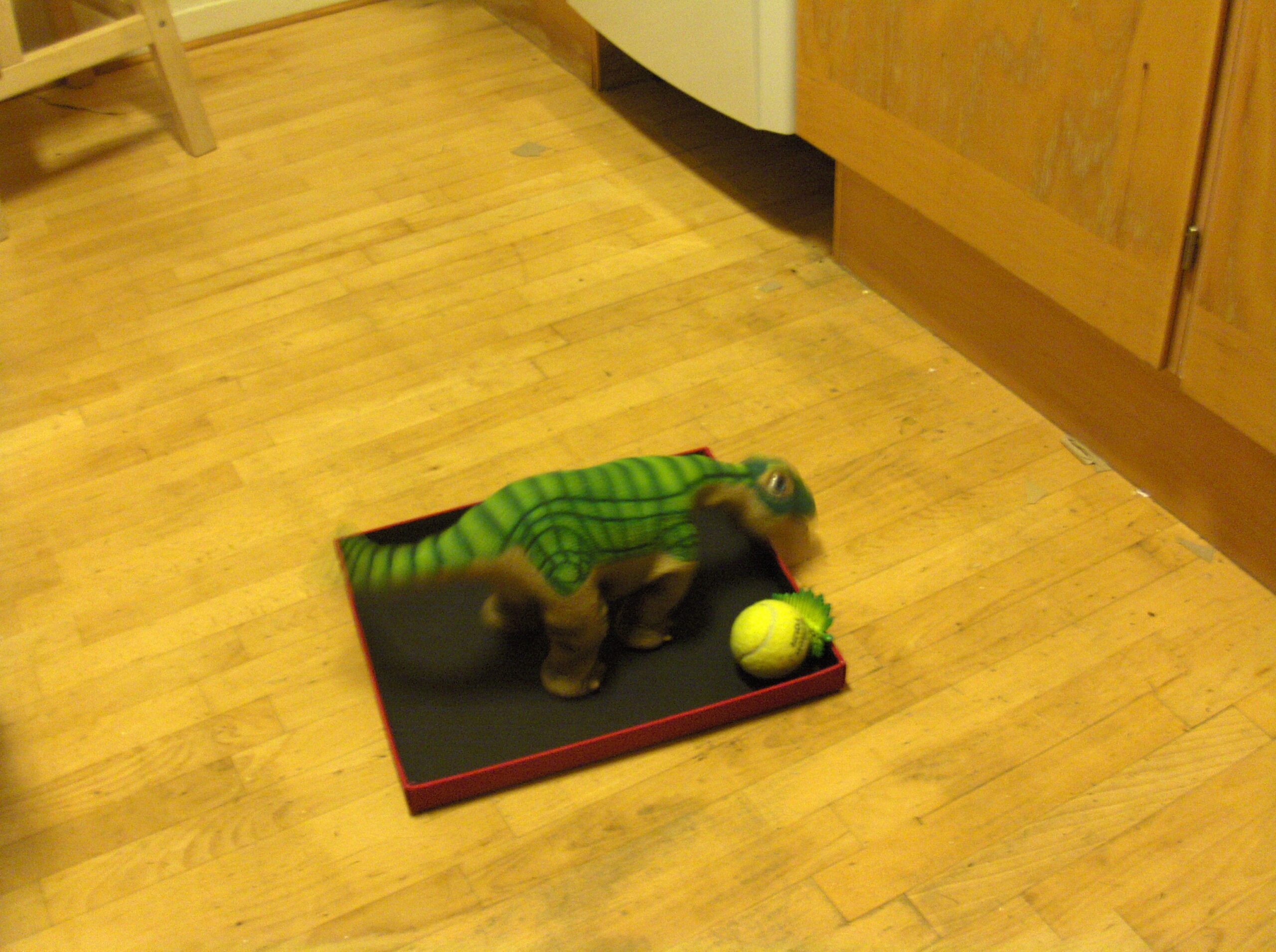
Sonic Drive-In’s 1999 promotion combined dinosaurs with time travel themes, creating the Dino Time Machine collection. Each toy consisted of a dinosaur figure paired with a time portal device that created swirling visual effects when activated. The set included four time periods: Triassic, Jurassic, Cretaceous, and a futuristic timeline where dinosaurs had evolved into space-faring creatures.
The time machine devices used simple mechanical systems to create mesmerizing spiral patterns that captivated children for hours. Kids could input different prehistoric time periods and watch as the portal effects changed to match each era’s characteristics. This creative approach to paleontology education helped children understand geological time scales and the concept of evolution across millions of years.
The Lasting Impact of Prehistoric Fast Food Memories
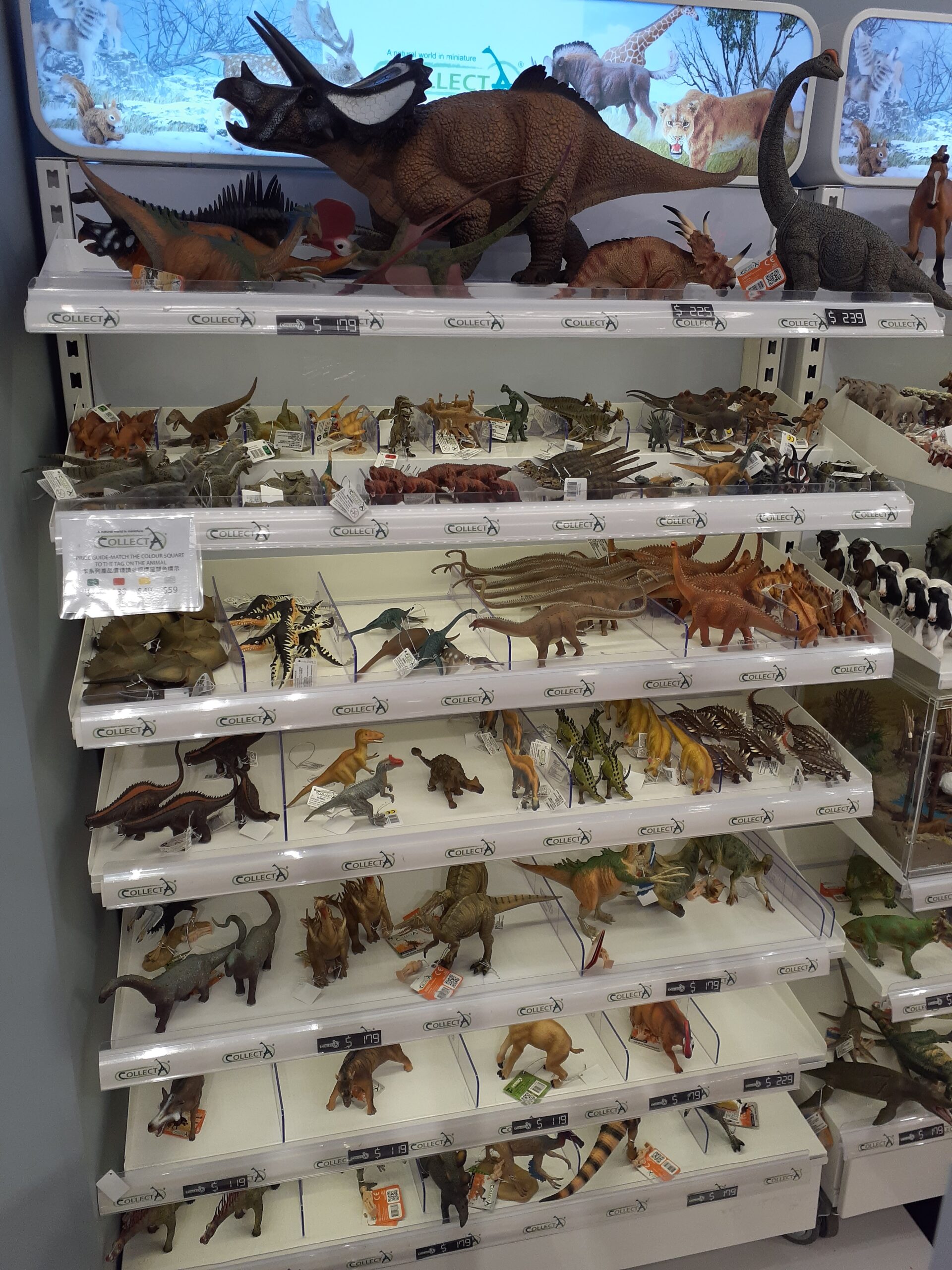
These forgotten dinosaur toys created more than just temporary entertainment – they sparked lifelong passions and shaped career paths for countless individuals. Many professional paleontologists trace their initial interest in dinosaurs back to these humble fast food premiums, which made complex scientific concepts accessible to young minds. The toys served as gateway experiences that led children to museums, libraries, and eventually university programs in earth sciences.
The collecting culture surrounding these toys also taught valuable lessons about patience, research, and trading that many adults still apply in their professional lives. Children learned to negotiate fair trades, research toy values, and maintain organized collections, developing skills that would serve them throughout their lives. The social aspects of collecting created lasting friendships and taught kids about cooperation and healthy competition.
Conclusion: When Fast Food Sparked Scientific Wonder
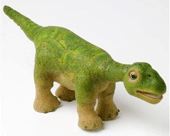
These dinosaur-themed fast food toys represented a unique moment in cultural history when commercial entertainment and scientific education seamlessly merged. They proved that learning could be fun, accessible, and deeply engaging when presented through creative, hands-on experiences. The toys democratized paleontology education, bringing museum-quality experiences to children regardless of their family’s economic circumstances or geographic location.
Today’s digital entertainment landscape offers incredible technological capabilities, but something irreplaceable was lost when physical toys gave way to screen-based experiences. These forgotten dinosaur toys fostered imagination, encouraged scientific thinking, and created tangible connections between children and the natural world. They remind us that sometimes the most profound learning happens when we least expect it, transforming ordinary moments into extraordinary adventures.
What dinosaur toy from your childhood do you still remember most vividly?

